Jazz-Age Harlem, Josephine Baker and Cocktail Culture
- tipsy modernist
- Feb 28, 2023
- 4 min read
Updated: Apr 4, 2023

Jazz and modernism have always been BFF's. Every modernist from Le Corbusier to Robert Mallet-Stevens was a fan of jazz music. It was an integral part of the modern, cosmopolitan lifestyle they were designing for. Architect Adolph Loos was obsessed with the Charleston, even claiming that Josephine Baker taught him the dance. (Did you miss the article on the modernist muse Josephine Baker? You can link to it here.) Le Corbusier , who was also enamored of Josephine Baker, described the music of Louis Armstrong as "absolutely dazzling...truth". It was in Parisian nightclubs that most European modernists were exposed to jazz music, brought to Paris by black American performers like Josephine Baker, Florence Mills, Mabel Mercer and Bricktop.

Josephine Baker is having a moment. The most recent fashion collection at Christian Dior was inspired by her; the city of Paris unveiled the Josephine Baker swimming pool in 2020; and, of course this blog featured her for Bastille Day 2022. Although she was a beloved performer in Paris (the feeling was mutual, as she eventually became a French citizen) it was in Jazz-Age Harlem that Josephine Baker got her start. Jazz- Age Harlem gave birth to many famed performers and artists who made their way to nineteen twenties Paris, influencing French culture and inspiring artists, writers, and designers in Paris and around the world. The impact of Jazz Age Harlem on culture and cocktail culture was enormous. In the Rhode Island School of Design's catalogue for their 2011 exhibit "Cocktail Culture", textile historian Susan Hannel combs through period fashion magazines such as Vanity Fair and Vogue, as well as period literature to track Harlem’s influence on fashion, music and dancing.

While it was the singer Florence Mill who first drew white patrons to the nightclubs of Harlem, once there, they discovered many other talents. Night clubs such as the Cotton Club, Barron’s, the Savoy and others had the best jazz music (outside of New Orleans) but the incredibly chic black patrons themselves were just as much an attraction. Of course since black patrons were not allowed in white establishments in Manhattan, Harlem was one of the only places where white and black patrons could mingle. The chic black performers and patrons alike, with their fashionable flapper dresses, perfectly coiffed bobs and talented dancing inspired white socialites and fashionistas who flocked to Harlem to source fashion trends and experience a glittering and exciting nightlife that couldn’t be found anywhere else . When many of these talented singers and dancers moved to Paris, they brought the Jazz, the Blues and the Charleston with them, introducing them to Europeans.

The Harlem Renaissance spawned writers, poets, playwrights and artists, as well as musicians and performers. The anthology The New Negro: Voices of the Harlem Renaissance, written by Alain Locke, had a profound influence on many black writers and artists. The essays in the anthology validated modern black life inspiring black artists and creatives throughout the US to write about or paint scenes of their urban black life. My personal favorite, Archibald Motley, was based in Chicago, but spent time in Harlem and Paris. His paintings feature lively scenes of cosmopolitan black communities enjoying themselves in Paris, Harlem and Chicago. Archibald Motley chose to paint the cocktail bars and speakeasies that he frequented in Chicago; Romare Beardon, from Harlem, painted local carpenters and designers he knew such as Add Bates; and, photographer James Van der Zee documented it all in black and white.

Many of these artists and performers eventually made their way to Paris, which was not segregated, where they were warmly welcomed. The singer Bricktop (so named for her red hair) even opened her own jazz club Chez Bricktop, which became the center for the black community in Paris as well as the favorite club of international [white] celebrities such as Hemingway, F. Scott Fitzgerald and Cole Porter. Cole Porter is even rumored to have written the song "Miss Otis Regrets" about Bricktop.

Jazz-age Harlem was also a place where gay, queer and trans people were welcome. The scholar Henry Louis Gates Jr. famously proclaimed that "the Harlem Renaissance was surely as gay as it was black, not that it was exclusively either of these." Cole Porter, Langston Hughes, and queer black singers, Bessie Smith and Ma Rainey were all Harlem regulars. In fact, Bessie Smith and Ma Rainey often sang about sapphic love and desire. Of course creatives from the Harlem Renaissance brought their liberal views toward sexual orientation with them when they moved to Paris, which also became a magnet for gay men and women hoping to escape the homophobia of their home cities. Sadly the depression and World War II brought an end to this unique period of tolerance and creativity both abroad and in the US. . Curator Gabrielle Colangelo writes that the Cold War's witch hunts against communists and homosexuals, the Red Scare and the Lavender Scare respectively, not only forced many to hide their homosexuality but also prompted the erasure of queer black histories.

There is so much to celebrate about the Harlem Renaissance, from its impact on fine arts to its impact on creating a more tolerant and open culture. I look forward to the possibility of more creatives referencing this beautiful, utopian moment in history and culture. Here's hoping for more fashion and design inspired by the entirety of the Harlem Renaissance, not just the very photogenic Josephine Baker. Hey Pharrell - how about Chanel does Bricktop? Hey Mr. Lauren (yes, Ralph) how about a collection inspired by James Van der Zee? Now, I would drink to that.
Speaking of drinking, get the recipe for the Josephine Baker cocktail here.
Books
Shoppables inspired by Josephine Baker and Bricktop
Sources Cocktail Culture, Ritual and Invention in American Fashion 1920-1980. Edited by Joanne Dolan Ingersoll. Museum of Art, Rhodes Island School of Design 2011
How the Harlem Renaissance Helped Shape a New Black Identity. National Geographic. Erin Blakemore, 2022
To Bricktop on Her Belated Birthday. Patrick Monahan. The Paris Review 2011
We are Everywhere: Lesbians in the Archive. curated by Gabrielle Colangelo Yale University Library, 2022




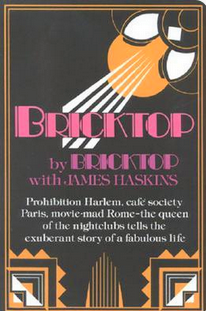





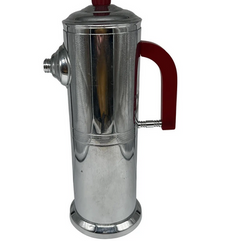











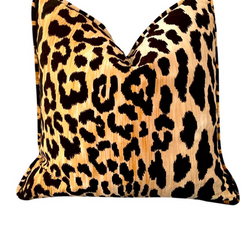
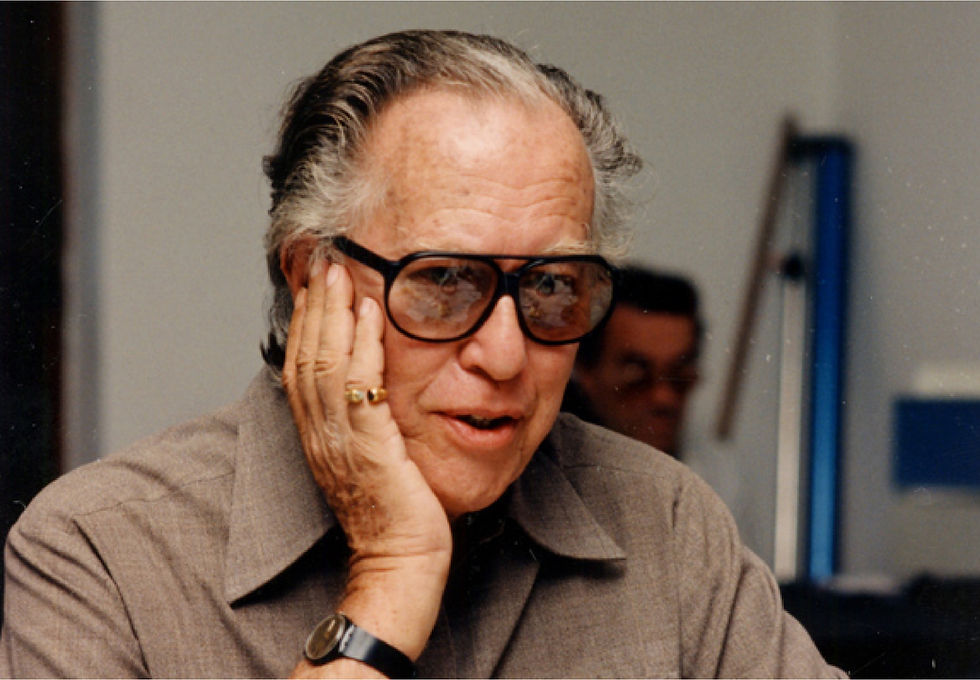

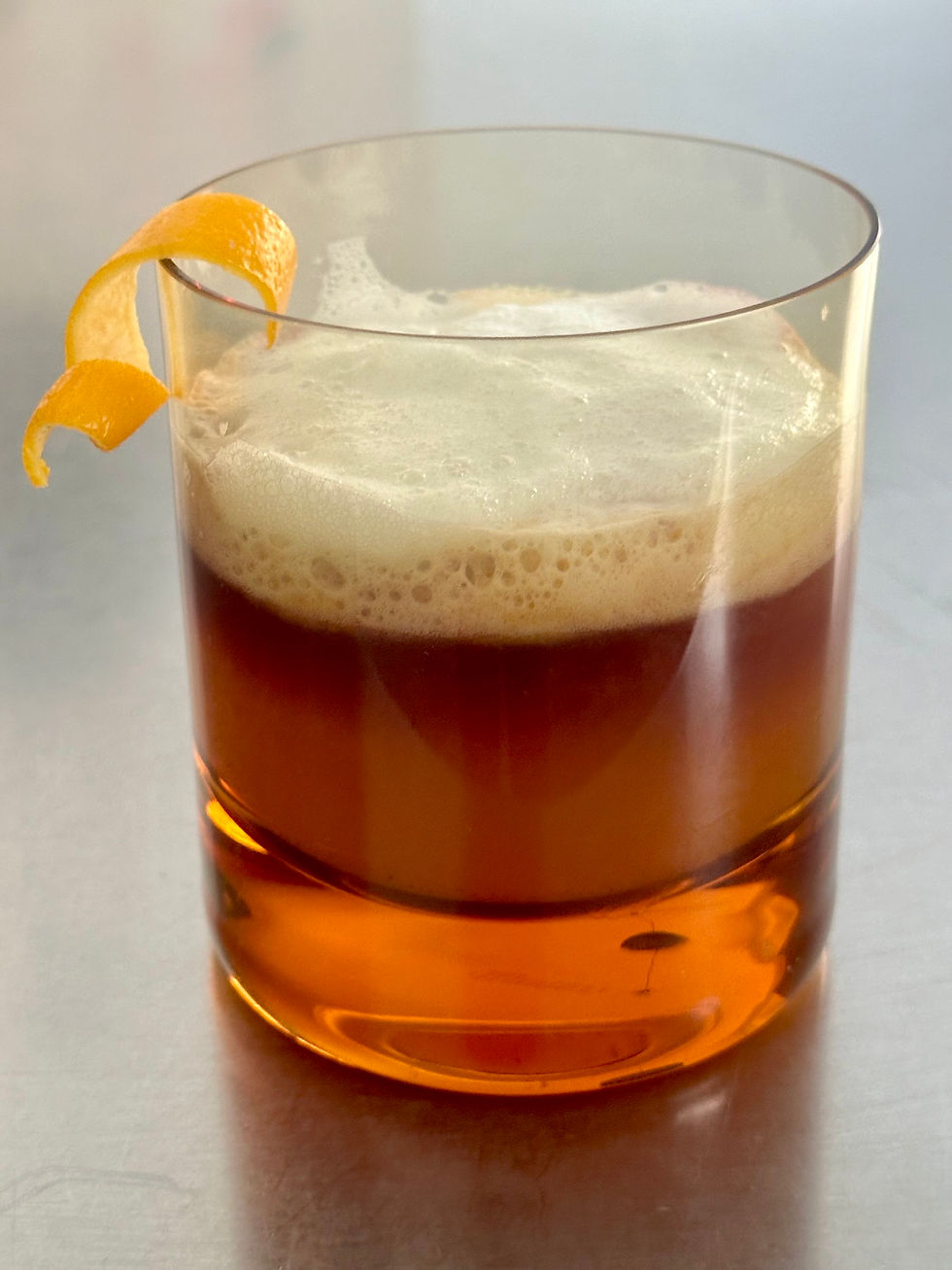
Comments